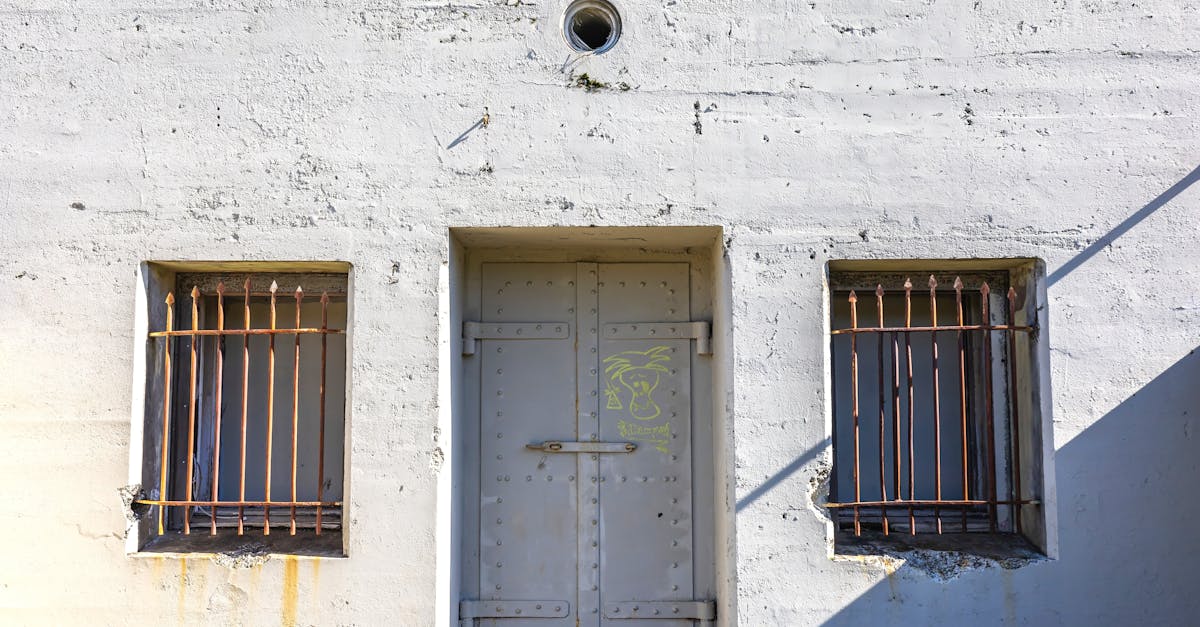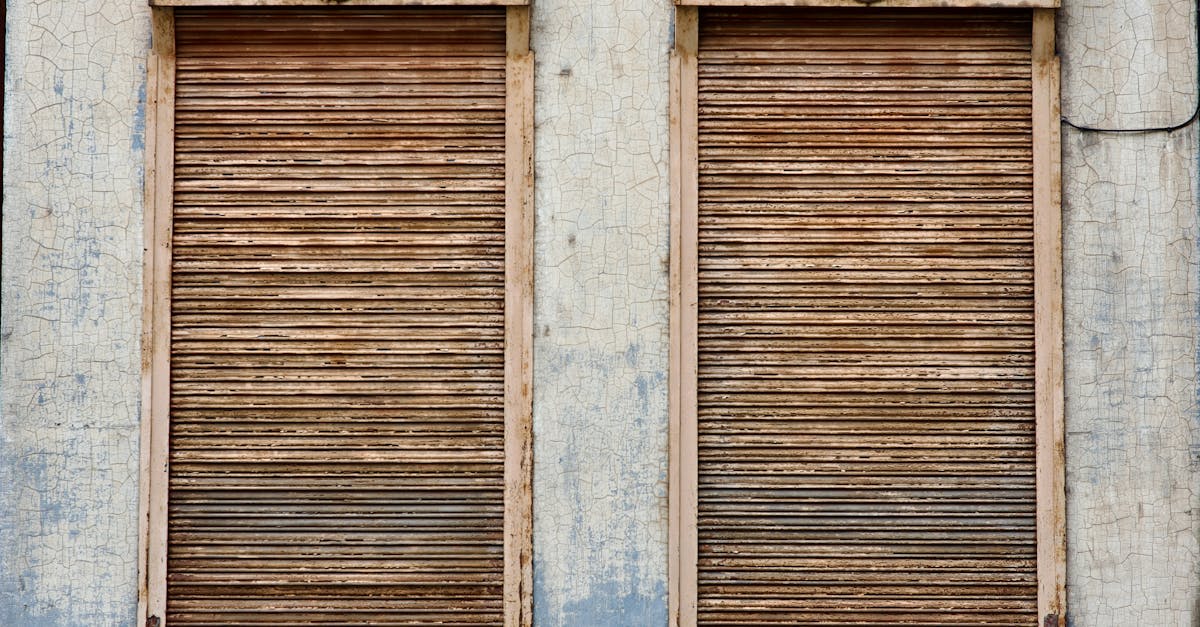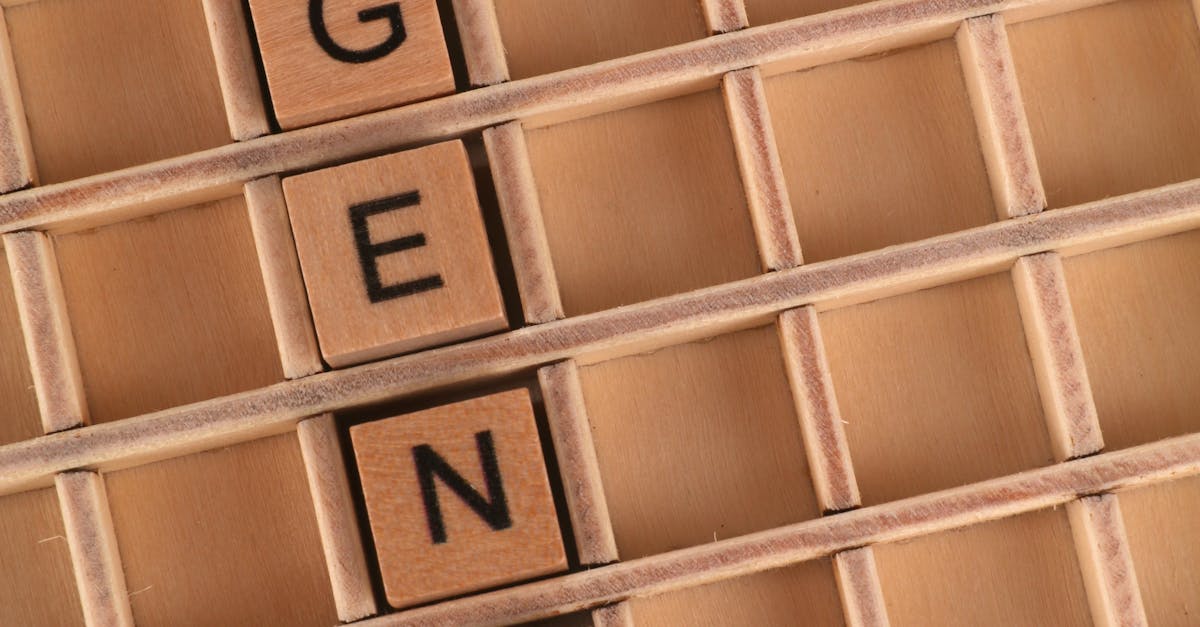
Table Of Contents
Inspecting Washer and ORings
One of the first steps in fixing a dripping faucet involves inspecting the washer and O-rings. These components are critical as they create a watertight seal. Over time, they can become worn or damaged due to constant exposure to water pressure and temperature changes. When examining these parts, look for any signs of cracks, fraying, or a change in texture. If the washer or O-rings feel brittle or look deformed, they likely require replacement to restore the faucet's functionality.
During the faucet installation and repair process, ensuring that the replacement components are correctly sized is essential. This prevents future leaks and maintains optimal performance. For effective inspection, it may be useful to refer to the manufacturer's specifications or take the old parts to a hardware store for comparison. Proper care in this initial assessment can save time and effort later in the repair process.
How to Check for Wear and Tear
To check for wear and tear on your faucet, start by turning off the water supply. Remove the handle and carefully inspect the components, particularly the washer and O-rings. Look for signs of wear, such as cracks, fraying, or distortions. If the washer appears flattened or if the O-rings feel brittle, these components are likely responsible for the dripping. This step is crucial in faucet installation and repair to ensure that any worn parts are identified before proceeding.
Next, assess the valve seat, which often lies beneath the washer. Look for pitting or corrosion, as this can also lead to leaks. Use a flashlight to illuminate the area, making it easier to spot any irregularities. If you find significant damage to the valve seat, it may require further attention. Thoroughly checking for wear and tear can save time and resources in the long run, ensuring that your faucet operates effectively after repair.
Replacing Damaged Parts
When you identify worn or damaged parts during your inspection, it is crucial to replace them promptly to ensure the faucet functions properly. Begin by removing the old components carefully, taking care not to damage the surrounding fixtures. Common parts that may need replacement include washers and O-rings, which can degrade over time due to constant exposure to water pressure and friction. Taking the time to correctly identify and remove these parts will make the next steps easier.
Selecting the right replacement components is vital for successful faucet installation and repair. Make sure to bring the old parts to a hardware store or consult the faucet’s manual to find compatible replacements. Various sizes and materials are available, including rubber and silicone options for washers and O-rings. Once you’ve acquired the correct components, you can proceed with the reassembly process, ensuring that everything fits snugly to prevent future leaks.
Choosing the Right Replacement Components
When it comes to selecting replacement components for your faucet, consider the type of faucet you are dealing with. Different designs, such as compression, cartridge, or ball faucets, require specific parts that fit their unique mechanisms. It is essential to identify your faucet style before purchasing any components. Most hardware stores carry a variety of options, or you can search online for parts designated for your specific model. Having the old components on hand can also assist in finding the correct sizes and styles.
Ensure that you choose high-quality materials for your replacement parts. This not only promotes longevity but also minimises the chance of future leaks. Look for reputable brands or components made of durable materials like rubber or silicone for washers and O-rings. These choices provide a better seal and can withstand the wear and tear of regular use. Taking the time to select suitable components will pay off in the long run, making your faucet installation and repair much more effective.
Reassembling the Faucet
After replacing any damaged parts, reassembling the faucet requires careful attention to detail. Begin by positioning the components in the reverse order of disassembly. Make sure that each piece aligns correctly, ensuring a tight seal to prevent future leaks. It might be beneficial to apply a little plumber's grease to O-rings to help with smooth operation and longevity.
Once everything is in place, tighten any screws or nuts using the appropriate tools, but avoid over-tightening as this could lead to further damage. After reassembling, turn the water supply back on and check for any signs of dripping. Good faucet installation and repair practices will ensure a reliable and functional fixture.
Tips for Properly Putting Everything Back Together
When reassembling the faucet, it's important to follow the steps in reverse order of disassembly. Lay out all parts in the sequence they were removed to prevent confusion. Ensure that any washers or rubber O-rings are seated correctly to provide a good seal and prevent leaks. Double-check that all screws and bolts are tightened appropriately without overdoing it, which could damage the components. Proper handling during this phase can significantly affect the performance of your faucet in the long run.
Before you finish up, make sure to conduct a thorough check of the faucet installation and repair process. Turn on the water supply slowly and observe for any signs of dripping or leaks. If everything looks secure and dry, complete the process by reattaching any handles or decorative plates. Having a systematic approach during reassembly not only ensures a functional faucet but also extends the lifespan of the fixtures by reducing wear and tear.
FAQS
What causes a faucet to drip?
A faucet may drip due to worn washers, damaged O-rings, or faulty seals that fail to create a watertight closure.
How can I tell if the washer or O-ring needs replacing?
You can check for wear and tear by examining the components for cracks, hardening, or loss of elasticity. If they appear damaged or worn, it's time to replace them.
Where can I find the right replacement parts for my faucet?
Replacement parts can typically be found at hardware stores, plumbing supply shops, or online retailers. Ensure you take the old parts with you to find an exact match.
Is it difficult to reassemble the faucet after replacing parts?
Reassembling the faucet can be straightforward if you carefully follow the steps you took to disassemble it. Keeping track of each component and referring to your notes or photographs can help.
What should I do if my faucet continues to drip after replacing the parts?
If the faucet still drips after replacing the washers and O-rings, the issue may lie with the faucet itself, such as a cracked body or valve seat. In this case, you may need to consult a professional plumber for further assessment.





























